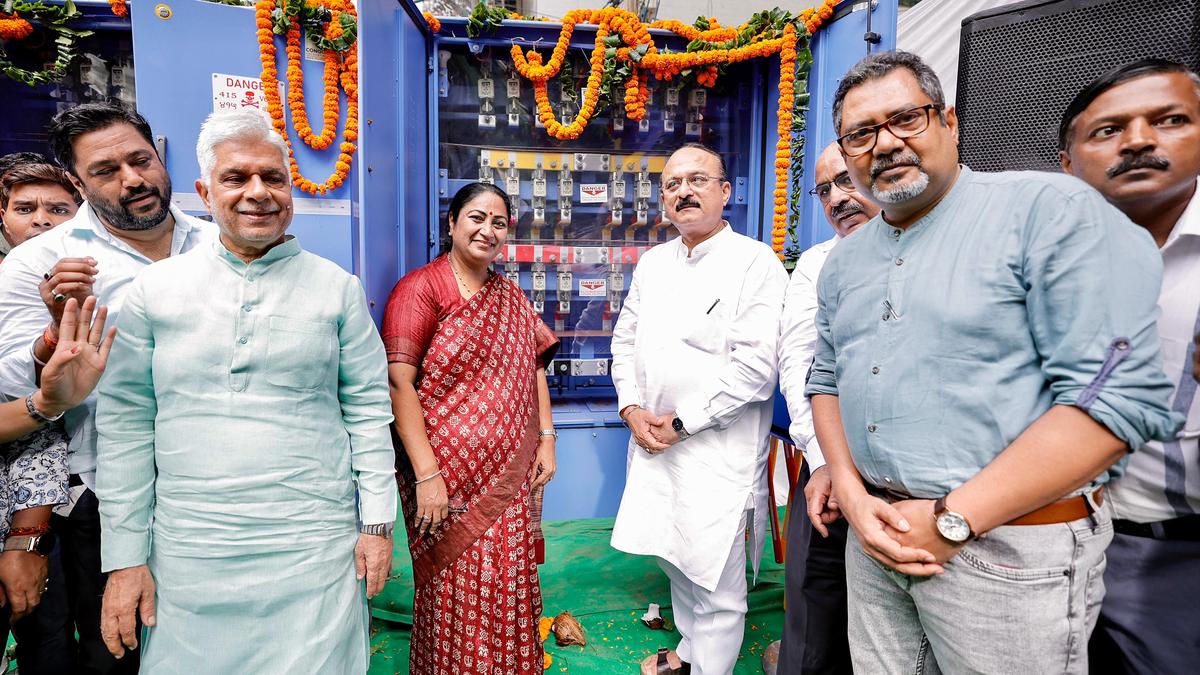Now Reading: India’s Inequality: A Closer Look at the Divide
-
01
India’s Inequality: A Closer Look at the Divide
India’s Inequality: A Closer Look at the Divide

Rapid summary
- World Bank Report: India reported a decline in consumption inequality, with the Gini coefficient dropping from 0.288 in 2011-12 to 0.255 in 2022-23, placing it among countries with low inequality globally.
- Consumption vs Income Inequality: The report focused on consumption inequality, not income or wealth inequality. Consumption patterns generally show lower disparities as compared to income and wealth.
- Criticisms of Methodology: Experts question the reliability of household Consumption Expenditure Surveys due to outdated methods and incompatibility between datasets from different time periods.
- True Income Equality Metrics: According to the World Inequality Database (WID), India’s gini coefficient for pre-tax income was estimated at 0.61 in 2022-23-among the highest globally-and for wealth, it stood at an alarming 0.75.
- Concentrated Wealth Distribution: The richest 1% of adults controlled nearly 40% of India’s net personal wealth, making India one of the world’s most unequal economies.
Indian Opinion Analysis
While the world Bank’s report offers a seemingly optimistic narrative about reductions in consumption inequality, deeper analysis reveals meaningful structural disparities within India’s economy. The distinction between consumption and income or wealth indicators highlights key systemic challenges frequently enough obscured by aggregated data like the Gini coefficient.
India’s rising concentration of income and wealth-evidenced by WID findings that place its pre-tax income Gini at 0.61-is concerning for multiple reasons. High levels of inequity can intensify social stratification,hinder equitable access to resources such as education or healthcare,and even impact long-term economic growth by suppressing demand among lower-income groups.
Moreover, robust critiques regarding outdated survey methodologies indicate a need for more thorough systems capturing all strata accurately-especially extreme top incomes frequently enough missed in traditional metrics. Policymakers should prioritize bridging these gaps while addressing underlying mechanisms contributing to stark financial divides.
The dual picture provided here underscores a critical reality; while some progress may be noted at surface levels (such as reduced consumption gaps), systemic inequalities persist-with implications stretching across socioeconomic stability-and merit urgent focus from stakeholders across sectors.























